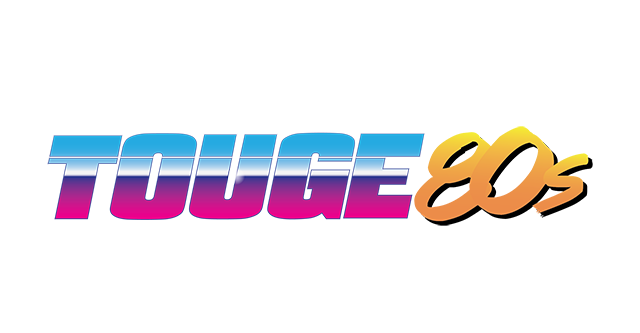We’ve long wondered what would happen when Mazda and Toyota finally teamed up. Mazda, the enthusiasts’ choice that carries the torch for true drivers outgunned in a cruel market of crossovers and electrification, and Toyota, the juggernaut which for years turned reliable if dull transport into a mountain of cash. When Toyota bought 5 percent of Mazda in 2015, it was interested in shedding its stodgy image with sporty offerings. Could they work together using Mazda’s passion and Toyota’s scale to make something magical? The Mazda CX-50 Hybrid is their first collab and here’s how it went.
The Mazda CX-50 Hybrid essentially takes Toyota’s fifth-generation hybrid system and drops it into a Mazda. Well, dropping is an oversimplification. Almost the entire floorpan stamping is different from that of the regular CX-50, with wider frame rails at the bow. The extra space is needed to fit the Toyota Hybrid System’s 2.5-liter gasoline four and dual electric motors on the front transaxle.
A third electric motor powers the rear axle, which is completely independent from the front. All-wheel-drive coordination is achieved by an orchestra of sensors and software rather than physical shafts and diffs. It’s the same system found in other Toyotas like the Camry Hybrid and strange Crown Hybrid, but in the Mazda its combined output is 219 horsepower, a bit less than the 230-something in those cars, but Toyota can’t give away everything, right?
Of course, with any Mazda the million dollar question is how it drives. Well, if you’re used to other crossovers like, say, a Subaru Forester, the CX-50 is going to feel great. But if you’re used to other Mazdas, it’s going to feel like a step down. The regular CX-50 already feels a bit less sprightly and willing to dance compared to a CX-30. The CX-50 Hybrid adds 1.4 inches of battery-accommodating vertical height and 93 pounds of mass over the gasoline CX-50 turbo. The difference in curb weight between the 4000-pound Hybrid and the regular CX-50 is even greater at 267 pounds.
That translates to handling that just isn’t as razor sharp as we’re used to in Mazdas, and the CX-50 isn’t as eager to be thrown into a corner as its brethren. The fact that the rear wheels are mechanically decoupled from the front ones hurts too, even though the rear electric motor is programmed to kick in during cornering and acceleration.
We could probably overlook the handling deficit because it’s still on par or better than many others in its class. However, the hybrid system’s e-CVT is too intrusive for a true driver’s car. The electric motors kicking in and out as throttle is modulated make the power delivery feel not quite linear. The regenerative braking can be heavy handed as well, so hotfooting between the pedals invites constant reminders that this car was built to save fuel.
There’s nothing wrong with that, of course. If you value fuel mpgs above all else, the CX-50 returns a combined 38. That’ll add up over time compared to the naturally aspirated CX-50’s 28 combined mpg and the Turbo’s 25. We suspect that most of you would buy a Mazda for its superior driving dynamics though, and are willing to sacrifice some fuel efficiency for better throttle response and the bolt-action shifts of Mazda’s traditional transmissions.
Other customers might buy the CX-50 Hybrid for its premium interior, identical to that of the regular CX-50, which is far ahead of anything else in its class — and still retains a solid amount of physical buttons. Some might prefer the CX-50’s styling which, despite the presence of a few fake vents that seem blasphemous to the Mazda ethos, is also light years ahead of the weird shapes that tend to populate the segment.
There are probably financial reasons for Mazda creating the CX-50 Hybrid. Mazda’s own fuel-saving technologies, like the rotary engine range extender, aren’t available for the US market. So it must borrow from Toyota in order to meet certain requirements (and likely buy fewer carbon credits from companies like Tesla).
In the grander scheme, the CX-50 teaches us that simply taking a Toyota powertrain designed for efficiency doesn’t mesh with Mazda’s jinba ittai philosophy. Mazda’s engineers are so good at creating holistic driving machines, it’s probably very difficult to farm out the engine, chassis, or suspension and have everything work together so that it just feels right.
If there’s a lesson to be learned here, it’s that cars like the next Miata must be wholly created in Hiroshima. The CX-50 is a decent stopgap that will probably woo some buyers to the Mazda brand, and that’s overall a good thing. If Toyota wants to rebadge a car or two, that’s fine, but otherwise it needs to just let Mazda Mazda.














